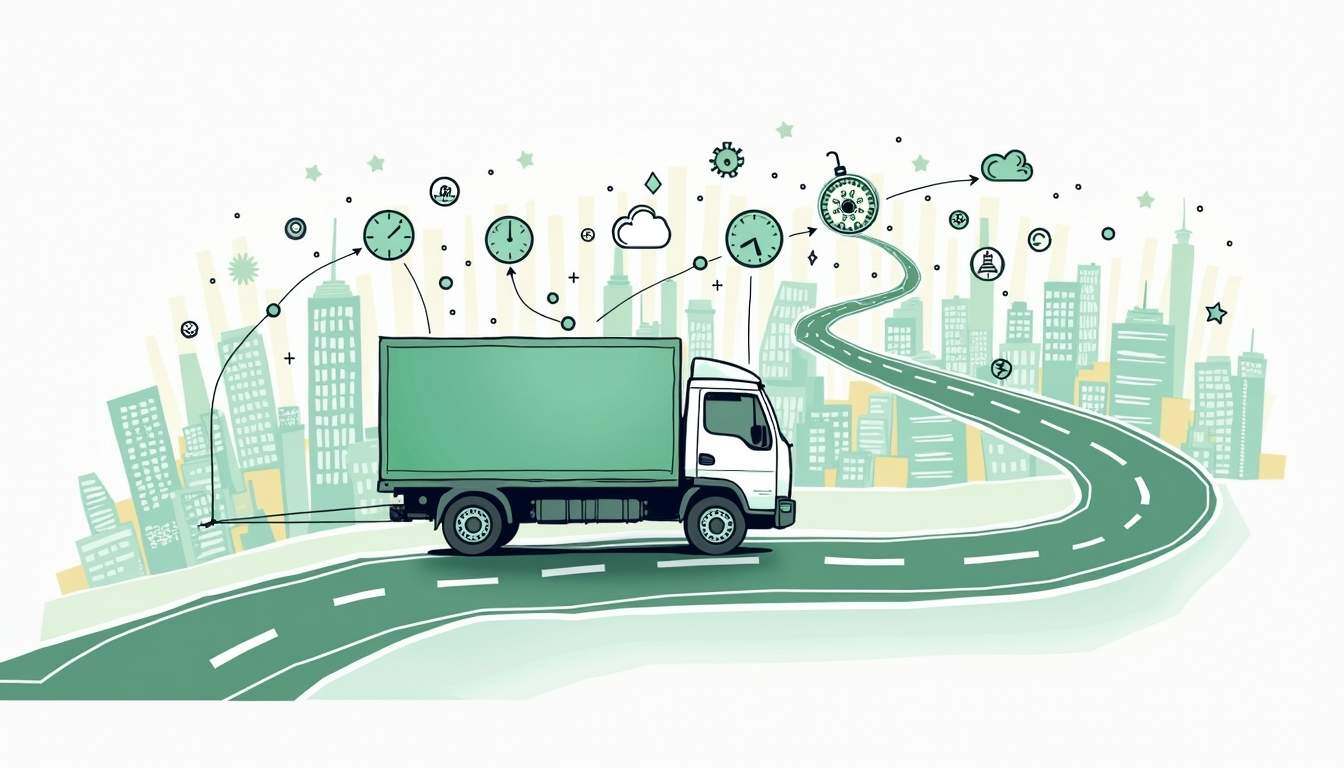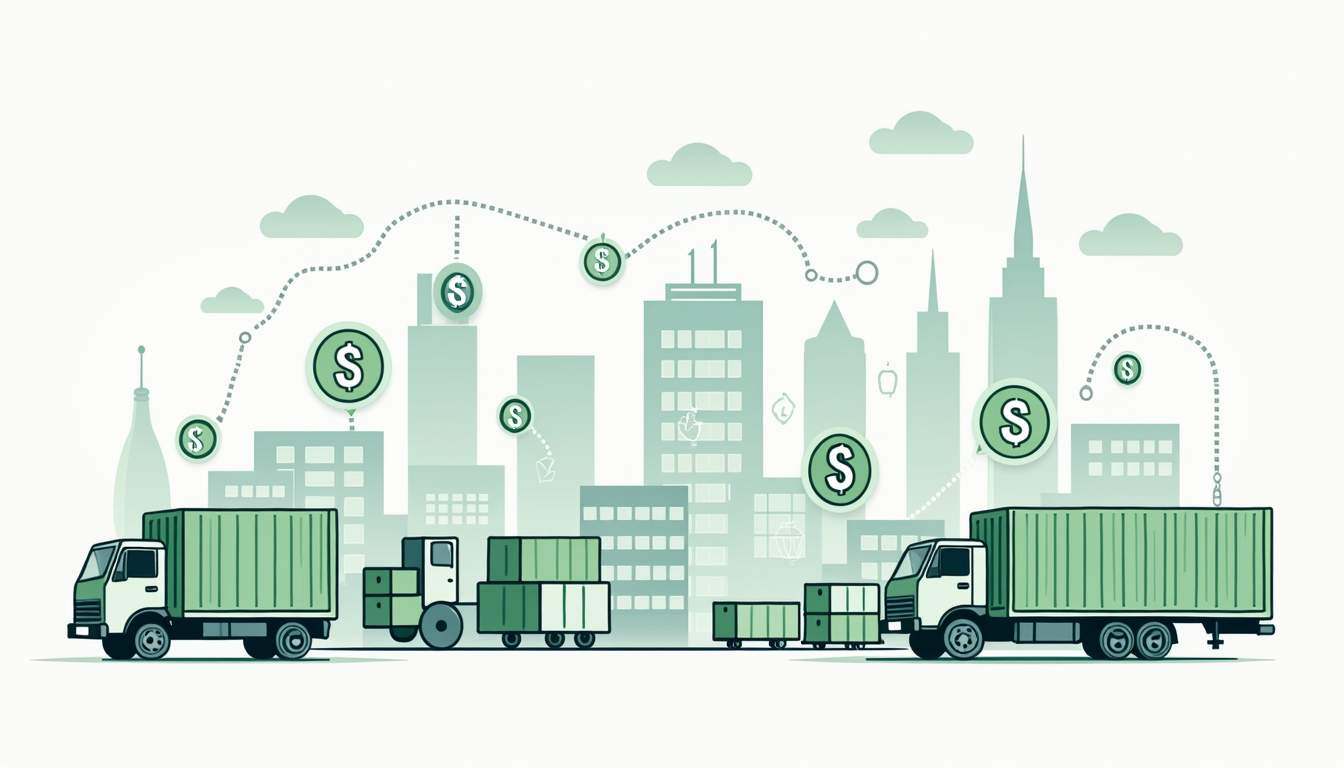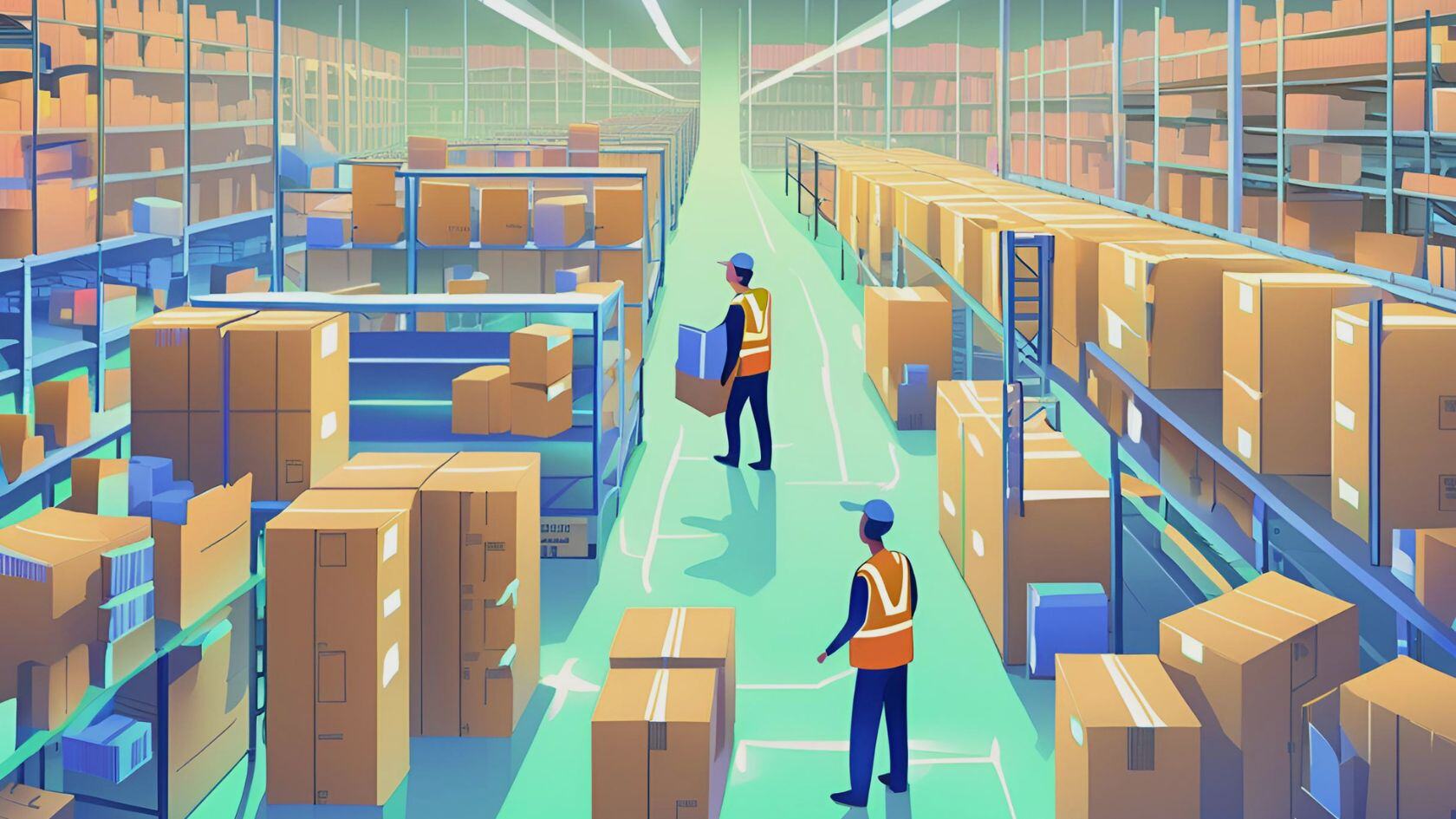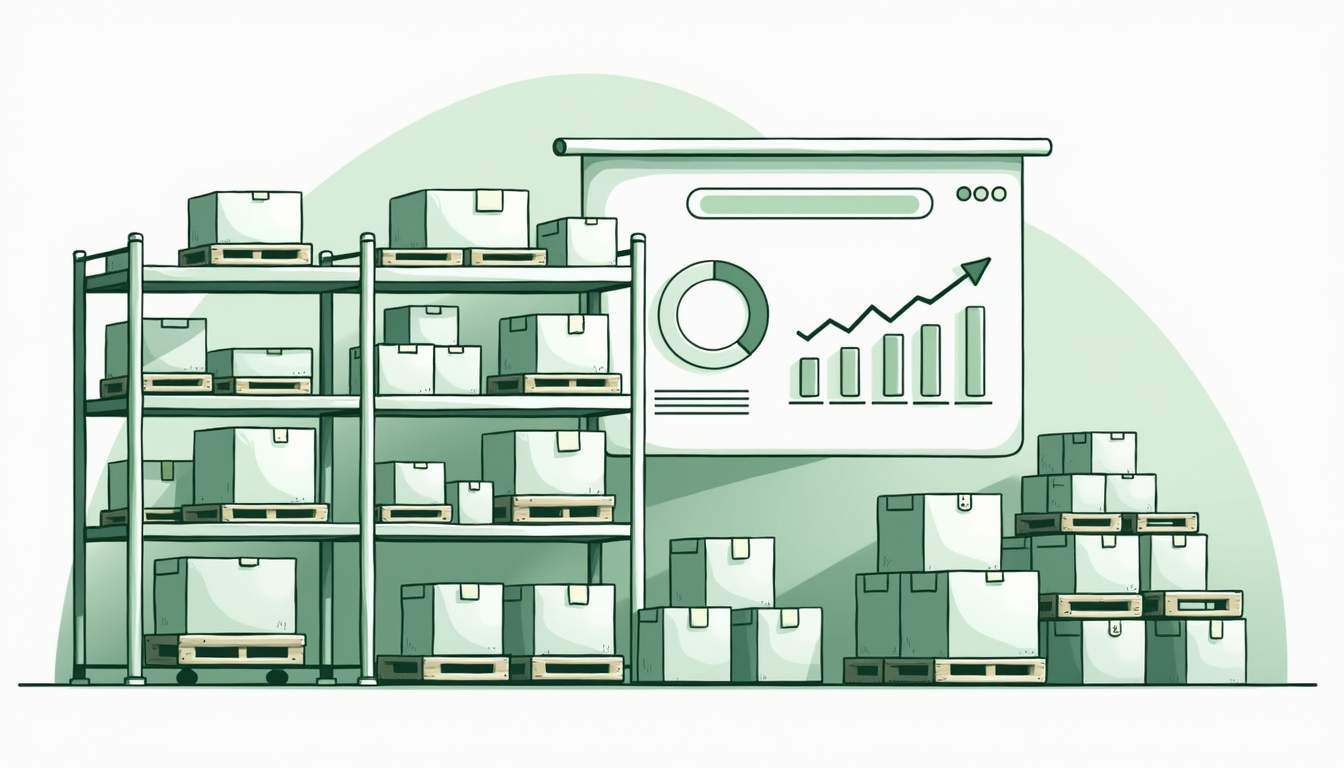Share this
Improving Ecommerce Delivery Times Is Easier Than You Think
by Shipfusion Team on Apr. 17, 2025

In the fast-paced world of ecommerce, delivery times can make or break a customer's experience. As online shopping continues to grow, consumers expect quicker and more reliable shipping options. If you’re looking to enhance your delivery processes, you’re in the right place. This article will explore actionable strategies for improving ecommerce delivery times, ensuring customer satisfaction and loyalty.
Why Improving Ecommerce Delivery Times Should Be Your Top Priority
Delivery times are a direct reflection of your brand’s reliability and professionalism. In an age where convenience drives consumer behavior, how quickly an order arrives can influence whether a customer completes their purchase, returns for future orders, or chooses a competitor instead. A recent survey found that 23% of customers have abandoned a cart due to slow shipping estimates.
Customer Expectations
Consumers are no longer comparing your delivery timelines with just other small businesses – they’re measuring you against Amazon, Walmart, and other industry giants. Prime shipping has normalized 1–2 day delivery windows, even for non-urgent items. As a result, customers perceive delays as poor service, regardless of the reason. For ecommerce brands, this means that even a few days’ difference can impact conversion rates. Cart abandonment becomes more likely when shipping time is ambiguous or too slow, especially if competitors offer faster options. To meet expectations, businesses must not only aim for speed but also reliability and transparency.
Competitive Advantage
In highly saturated ecommerce verticals, fast delivery can serve as a tangible differentiator. A quick fulfillment process creates positive first impressions, encourages word-of-mouth referrals, and can even justify slightly higher product pricing.
For example, a skincare subscription box that guarantees 2-day delivery builds trust and loyalty with its audience – especially if competitors take 5–7 days. Faster shipping also opens the door to flash sales, influencer promotions, or limited-time drops that require a tight turnaround. By reducing delivery times, brands not only improve customer experience but also gain a strategic advantage in customer acquisition and retention.
Strategies to Enhance Ecommerce Delivery Times
Improving delivery speed isn’t a one-and-done fix. It requires alignment across inventory, fulfillment, shipping, and customer communication. Here are several proven strategies to get your products to customers faster without compromising accuracy.
1. Optimize Your Inventory Management
Delays often begin before an order is even placed. If your inventory data is outdated or inaccurate, fulfillment slows down or grinds to a halt due to backorders or mispicks. Smart inventory management ensures that bestsellers are stocked close to the customer and replenished automatically.
Use Inventory Management Software: Tools like Shipfusion’s proprietary platform, or third-party systems like NetSuite and Skubana, allow for real-time stock visibility, automatic reorder points, and alerts for low inventory levels.
Analyze Sales Data: Review historical sales trends to predict demand spikes tied to holidays, influencer campaigns, or seasonality. This enables pre-stocking high-demand items near fulfillment centers in regions with the most orders.
Implement SKU Rationalization: Streamlining the number of SKUs can reduce warehouse complexity, leading to faster picking, packing, and shipping processes.
2. Choose the Right Shipping Partners
Your shipping partner can either support or sabotage your delivery promise. Not all carriers perform equally across geographies or service types.
Evaluate Carrier Performance: Use historical data to compare on-time rates, lost package frequency, and delivery accuracy across USPS, UPS, FedEx, and regional couriers. Adjust based on performance in your primary shipping zones.
Negotiate Shipping Rates: Higher volume often opens the door to discounted rates and premium services. Building long-term relationships with carriers or working with a 3PL that has volume leverage can unlock faster delivery at lower costs.
Diversify Carriers: Relying on a single provider makes your operation vulnerable to delays from strikes, network outages, or regional bottlenecks. Having backup options ensures continuity.
3. Implement a Fulfillment Strategy
How your orders are picked, packed, and shipped has a direct impact on delivery speed. Your fulfillment model should scale with demand without introducing errors or delays.
In-House Fulfillment: Managing your own fulfillment gives you control over processing times, custom packaging, and staffing. However, it requires significant investment in space, labor, and systems – and can become limiting as you scale.
Third-Party Logistics (3PL): Partnering with a 3PL like Shipfusion allows you to access a distributed warehouse network, advanced fulfillment technology, and dedicated support without the overhead. Subscription box companies, in particular, benefit from services like kitting, lot tracking, and climate-controlled storage.
Hybrid Fulfillment Models: Combining in-house fulfillment for high-margin or complex orders with a 3PL for standard or high-volume SKUs offers flexibility as your business grows.
Leveraging Technology for Faster Deliveries
Technology isn’t a luxury – it’s a multiplier. From automation to analytics, the right tools help compress fulfillment timelines while improving consistency and transparency.
1. Use Automation Tools
Manual workflows are time-consuming and error-prone. Automating repetitive tasks reduces labor hours and frees up resources for more strategic work.
Automated Order Processing: Systems that instantly transmit orders from your ecommerce store to your fulfillment team reduce delays in the first mile.
Shipping Software Integration: Platforms like ShipStation, Easyship, or native tools within 3PLs can auto-generate shipping labels, select the fastest/cheapest route, and sync tracking info back to your store.
Barcode Scanning: Implementing barcode-based picking and packing ensures faster and more accurate order assembly.
2. Real-Time Tracking Systems
Customers don’t just want fast delivery – they want visibility. Real-time tracking offers assurance that their package is on the way and encourages repeat purchases by reducing anxiety and support tickets.
Live Tracking Links: Enable customers to follow their package from warehouse to doorstep. This can reduce “Where is my order?” (WISMO) inquiries and improve the post-purchase experience.
Exception Alerts: Set up alerts for delays, misroutes, or failed deliveries so your support team can proactively reach out before customers do.
Enhancing Customer Communication
Fast shipping means little if customers feel out of the loop. Strong communication builds trust and sets realistic expectations from the start.
1. Set Clear Expectations
Transparency at checkout is key. Vague terms like “standard shipping” create uncertainty. Instead, list exact estimated delivery dates or ranges.
Dynamic Delivery Estimates: Use tools that calculate and display delivery times based on the shopper’s ZIP code and inventory availability.
Buffer for Delays: Set expectations conservatively to account for holidays, weather, or volume surges – then delight customers by delivering early.
2. Proactive Updates
Customers shouldn’t have to chase you for information. Automate milestone updates that keep them engaged from the moment they place an order.
Notification Touchpoints: Send messages for order confirmation, shipment initiation, out-for-delivery, and delivery confirmation. Include estimated delivery dates and tracking numbers.
Customer Service Integration: Ensure your support team can see order and tracking details in real time so they can respond quickly to any inquiries or issues.
Measuring Success and Making Adjustments
Optimization doesn’t stop once delivery times improve. Continuous performance tracking ensures your efforts translate into customer satisfaction and revenue growth.
1. Analyze Delivery Metrics
Keep a pulse on supply chain KPIs to identify trends, spot inefficiencies, and measure the impact of operational changes.
Average Delivery Time: Track from order placement to delivery confirmation across carriers and fulfillment centers.
On-Time Delivery Rate: Measure how often packages arrive within the promised window. Flag regions or partners with poor performance.
Cost per Shipment: Evaluate how delivery speed impacts your profit margins and identify opportunities to reduce cost without sacrificing service.
2. Gather Customer Feedback
Your customers are the best source of insight on whether your delivery promise matches their experience.
Post-Purchase Surveys: Include delivery-specific questions to understand satisfaction levels and identify common issues.
Product Reviews and Support Tickets: Monitor reviews and customer service interactions for patterns related to shipping delays or damaged goods.
Net Promoter Score (NPS): Use NPS surveys to assess how delivery speed impacts brand loyalty and willingness to recommend.
Shipfusion: Improving Ecommerce Delivery Times Across North America
At Shipfusion, we understand the importance of fast and reliable delivery in the ecommerce world. Let us help you exceed customer expectations and build loyalty with our top-tier 3PL fulfillment services. Our commitment to seamless order processing, shipping, and returns means you can concentrate on expanding your brand while we handle the logistics. With Shipfusion, you're set for success with efficient inventory management and cutting-edge real-time technology.
Ready to experience the difference with competitive shipping rates and flawless fulfillment? Get pricing today and join the ranks of satisfied ecommerce brands who trust us to deliver excellence at warp speed.
Share this
You May Also Like
These Related Articles

What the Best 3PL for Cost Efficiency Looks Like

Inventory Insurance: Why It Matters for Your Business

Evaluate Inventory Management Solutions for Ecommerce with Confidence
- April 2025 (23)
- March 2025 (26)
- February 2025 (26)
- January 2025 (37)
- December 2024 (16)
- November 2024 (23)
- October 2024 (22)
- September 2024 (27)
- August 2024 (9)
- July 2024 (8)
- June 2024 (5)
- May 2024 (8)
- April 2024 (8)
- March 2024 (6)
- February 2024 (6)
- January 2024 (5)
- December 2023 (3)
- November 2023 (3)
- October 2023 (5)
- September 2023 (4)
- August 2023 (2)
- July 2023 (1)
- June 2023 (4)
- March 2023 (2)
- October 2022 (1)
- September 2022 (5)
- August 2022 (4)
- July 2022 (7)
- June 2022 (4)
- May 2022 (4)
- April 2022 (6)
- March 2022 (2)
- February 2022 (1)
- January 2022 (3)
- December 2021 (2)
- November 2021 (4)
- October 2021 (2)
- September 2021 (5)
- August 2021 (4)
- July 2021 (4)
- June 2021 (3)
- May 2021 (2)
- April 2021 (3)
- March 2021 (3)
- February 2021 (3)
- January 2021 (2)
- December 2020 (4)
- November 2020 (2)
- October 2020 (4)
- September 2020 (2)
- July 2020 (5)
- June 2020 (4)
- May 2020 (2)
- April 2020 (2)
- March 2020 (4)
- February 2020 (1)
- December 2019 (1)
- May 2018 (1)
- March 2018 (2)
- February 2018 (3)
- January 2018 (3)
- November 2017 (3)
- July 2017 (4)
- March 2017 (3)
- February 2017 (5)
- January 2017 (3)
- December 2016 (4)
- November 2016 (6)
- October 2016 (6)
- October 2015 (1)
- September 2015 (1)
- June 2015 (3)
- May 2015 (3)
- August 2014 (1)
- July 2014 (1)
- March 2014 (1)
- February 2014 (1)